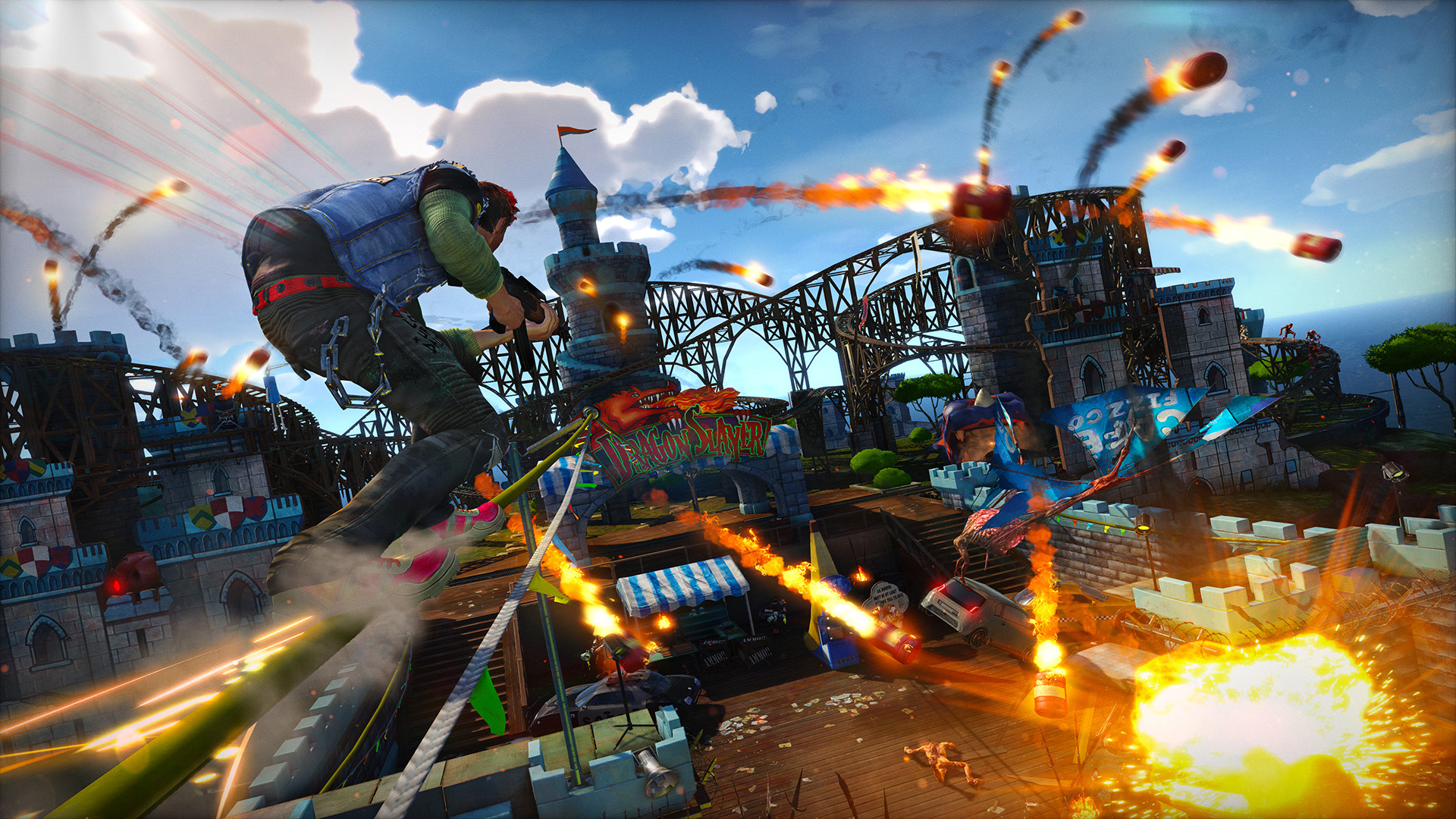Minecraft is undoubtedly one of the most popular video games of our time. It is a game that involves creativity, exploration, and above all, survival. From gathering resources to building structures, there are endless opportunities to immerse oneself in an endless world. However, one of the essential resources players need to survive is iron. It is a vital component in the game, as it is necessary for crafting certain tools, weapons and equipment. In Minecraft Version 1.18, iron is even more critical due to the exciting changes to ore generation. So, the goal of this guide is to show players how to find the best iron level in Minecraft Version 1.18. Through the tips and techniques outlined in this guide, players will be able to discover and utilize iron to its fullest extent, giving them an edge in their gameplay.
Understanding Iron Levels in Minecraft
Minecraft is popular among gamers for its excitement and the creativity it allows players to exercise. One of the necessary materials that players need is iron. Iron is a vital component for different tools, equipment and even weapons that a player requires to progress in the game. It is essential to understand the importance of iron and how to find it.
To find iron ore, a player must know what level the ore is most likely to spawn. Iron ore is typically found between levels 5 and 55 in Minecraft. The deeper a player goes, the more likely they are to find iron ore. However, players will also find more dangerous enemies, so they must be prepared.
Iron holds immense importance in crafting different tools, equipment and weapons in Minecraft. A player will need iron for pickaxes, axes, armor, swords and shields. Iron ore is considered a priority item, and a player will always need more of it. Different tools require varying amounts of iron, with some tools requiring only one iron ingot while others need several.
There are different levels of iron ingots in Minecraft, and the levels matter regarding a tool’s durability. Iron ingots can be turned into a block of iron by putting nine of them in a crafting table. The player can deconstruct the ironblock into nine iron ingots as necessary, only when there is an abundance of them.
In the next section, we will go deeper into how Minecraft players can find and benefit from iron ore in the latest version of the game.
Minecraft Guide: Finding the Best Iron Level in Version 1.18
Minecraft’s latest release, Version 1.18, has introduced some significant changes to iron ore generation, which players need to understand to get the most out of the game. In this section of our guide, we will discuss the changes in iron levels in Version 1.18 and provide tips on quickly obtaining enough iron to get started.
Explanation of New Ore Generation in Version 1.18
The new ore generation in Version 1.18 generates boulders that serve as an indicator of the ore deposits underground. These boulders will be of different sizes, and the larger the boulder, the more valuable the ore deposit. The changes in ore generation are aimed to make mining more exciting and setting up more variability in biomes.
How New Ore Generation Affects the Level of Iron in Comparison to Previous Versions
The new ore generation in Version 1.18 significantly increases the amount of iron that can be obtained, compared to previous versions. Iron ore deposits now commonly generate in large pockets, making it much easier to obtain larger amounts of iron than in previous versions.
Tips on How to Quickly Obtain Enough Iron to Get Started
To quickly obtain enough iron to get started, players should consider the following tips:
– It’s important to mine at a deeper level. The best chance of finding iron in Version 1.18 is between 0-16 levels.
– Look for large boulders that indicate significant chunk of iron deposits.
– Since iron equipment and tools are an excellent investment in Minecraft, placing more emphasis on gathering iron will boost the gameplay’s experience.
– Above all, be careful not to lose progress by dying underground. So, it’s recommended to take backups of the gameplay or equipment.
By following these tips, players can quickly obtain enough iron to get started in Minecraft Version 1.18.
Tips on Finding the Best Iron Level in Minecraft Version 1.18
Minecraft is all about survival and exploration, but without iron, your chance of survival is slim. When it comes to finding the best iron level in Minecraft version 1.18, preparation and efficiency are key.
Here are some tips on how to efficiently use your resources to obtain more iron and where to find the most iron in Minecraft version 1.18:
– Be Prepared: Before venturing out to find iron, make sure you have enough food, weapons, and tools to protect yourself. Iron tools are a must-have as they provide a faster way to mine iron.
– Know Where to Look: The best way to find iron is to look in caves and mineshafts. Be sure to bring some torches with you so you can see where you’re going. You can also find iron by digging into mountains, ravines, and deserts.
– Branch Mining: If you’re looking for a lot of iron, the best way to ensure you cover as much ground as possible is to use the technique of Branch Mining. This is a method of creating tunnels, often at different levels, and checking for ore.
– Efficient Use of Resources: Once you’ve found enough iron, it’s important to use it efficiently. Make sure you prioritize your equipment and tools according to their usefulness. Be sure to begin with the pickaxe, shovel, and sword, then move on to the others. Also, avoid using iron for decorative purposes as it will deplete your supply much faster.
By following these tips, you’ll be able to find the best iron level in Minecraft version 1.18 more efficiently and effectively. Remember that preparation and efficiency are key to survival in Minecraft.
Advanced Mining Techniques for Iron Ores
Minecraft is a game in which players collect resources and craft tools to build and survive in a blocky and pixelated world. One of the essential resources you’ll need to thrive in the game is iron. Iron is a crucial resource that opens up new possibilities for crafting powerful tools and equipment.
To get your hands on iron, it’s important to know advanced mining techniques. By utilizing these techniques, you’ll find extensive iron, expand your inventory, and build the structures you need to thrive in the game.
Different techniques exist to mine iron, depending on the level you’re currently in. Here are some techniques that could help you get extensive iron.
– Strip Mining Technique:
This technique involves mining parallel tunnel systems at different levels, starting from a shaft. Typically, players will fan out from a starting point, digging interconnected tunnels at different levels. By doing this, players increase their chances of finding veins of iron ore.
– Branch Mining Technique:
Another popular method is to create branch mines off your main tunnels. Essentially, players will bore into the wall until they reach the end of the tunnel, then exploit all the possible branches for resources. This technique is usually more efficient than strip mining since you’re branching off a central point.
– Digging on sand beaches:
One more efficient method of finding iron is by digging on sand beaches. Since the iron blocks generate below the sand, this abandoned method is usually an excellent way to obtain iron during the game.
It’s essential to remember that no single strategy will work seamlessly in all game versions. Thus, players should master multiple techniques to get extensive iron in the game. With these advanced mining techniques for iron ores, you’ll significantly increase your chances of finding a considerable amount of iron ores needed to create your armor and tools.
Conclusion
In conclusion, finding the best iron level is an essential aspect of Minecraft gameplay. This guide has provided you with a detailed rundown of everything you need to know to achieve this goal in Version 1.18. We hope that this guide has given you valuable insights and tips to help you obtain iron at the desired level in Minecraft.
By understanding iron levels in Minecraft and changes in iron levels in version 1.18, you can start preparing yourself with tactics to find more iron. We’ve provided you with various tips and tricks to locate the most iron and techniques to mine iron accordingly.
To increase your chances of finding the best iron level, it’s essential to take the appropriate steps and follow the right instructions. With our guide, you have now gained a better understanding of the techniques required to find the ideal iron level in Minecraft.
In conclusion, Minecraft is an exciting open-world game that requires knowledge, skill, and the right strategies to win. Obtaining the right iron level is an essential aspect of the game, and we hope this guide has helped you achieve your goals and enjoy the game even more.
FAQ
1. How do I find iron in Minecraft?
You can find iron in Minecraft by mining iron ore blocks. Iron ore blocks can be found in underground caves, ravines, and mineshafts.
2. Why is iron important in Minecraft?
Iron is important in Minecraft because it is used to craft tools, equipment, and weapons. Without iron, it is difficult to progress in the game and defeat certain enemies.
3. How does the new ore generation in Minecraft Version 1.18 affect iron levels?
The new ore generation in Minecraft Version 1.18 affects iron levels by generating different amounts of iron in different locations. Players may need to explore new areas to find enough iron to progress in the game.
4. Where is the best place to find iron in Minecraft Version 1.18?
The best place to find iron in Minecraft Version 1.18 is underground, in caves and mineshafts. Players can also find iron in mountains and in the deep ocean.
5. What are some advanced mining techniques for iron ores?
Some advanced mining techniques for iron ores include strip mining, branch mining, and caving. These techniques require more resources and preparation, but can yield more iron and other valuable resources.




